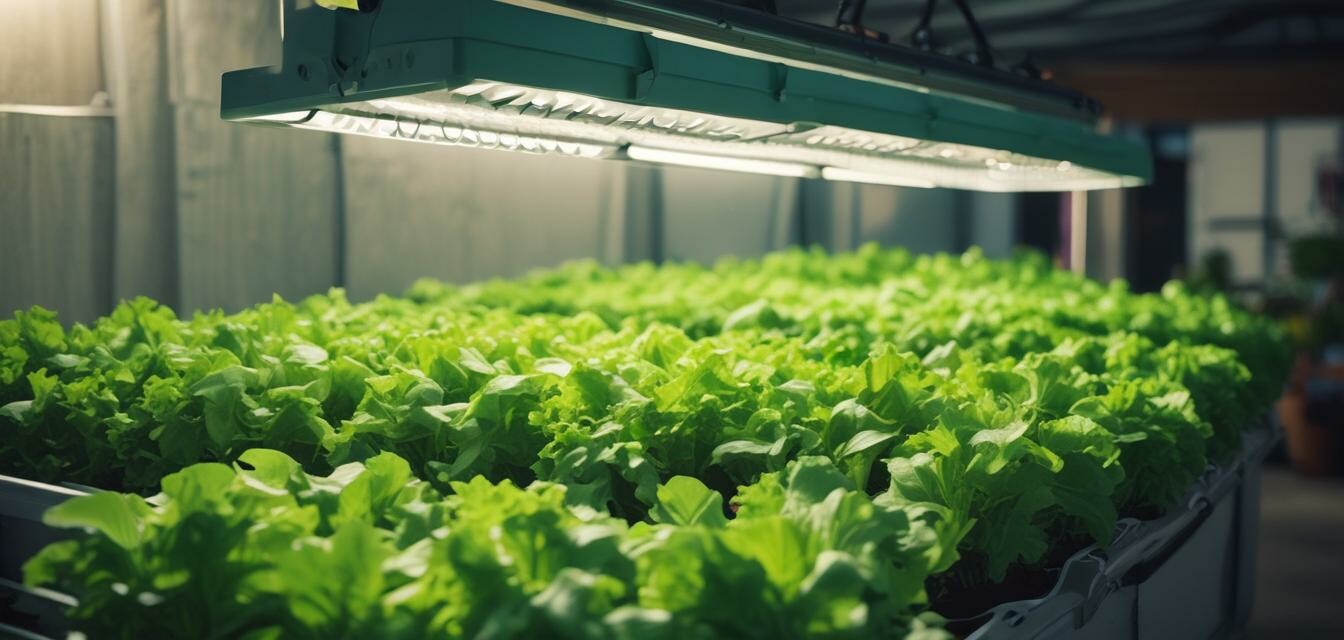
The Best Vegetables for Small Hydroponic Kits
Key Takeaways
- Small hydroponic kits are perfect for growing a variety of vegetables in limited space.
- Leafy greens like lettuce and spinach are fast-growing and ideal for beginners.
- Herbs such as basil and cilantro can thrive and provide great flavor for your meals.
- Root vegetables like radishes and baby carrots can adapt well to hydroponic systems.
- Understanding the growing requirements is key to maximizing yield in hydroponics.
Urban gardening has become increasingly popular as more people look for ways to grow fresh produce in limited spaces. Hydroponics offers an innovative solution, allowing you to cultivate a variety of vegetables indoors or on small balconies. This article will guide you through the best vegetables for small hydroponic kits, ensuring that you make the most of your gardening experience.
Why choose small hydroponic kits?
Small hydroponic kits are typically designed for apartment dwellers and urban gardeners with limited space. These systems are easy to use, require less maintenance than traditional gardening, and offer various options for growing fresh veggies indoors. You can start enjoying your homegrown produce without worrying about large outdoor gardens.
Top vegetables for small hydroponic systems
| Vegetable | Growing Time | Light Requirements | Nutrition Needs |
|---|---|---|---|
| Lettuce | 30-50 days | 12-16 hours | High nitrogen |
| Spinach | 40-50 days | 12-14 hours | High nitrogen and iron |
| Basil | 30-40 days | 14-16 hours | Well-balanced nutrients |
| Cilantro | 30-40 days | 12-14 hours | Balanced nutrients |
| Radishes | 25-30 days | 12-14 hours | High phosphorus and potassium |
| Baby Carrots | 70-80 days | 12-14 hours | Balanced nutrients with emphasis on potassium |
1. Lettuce
Lettuce is one of the easiest vegetables to grow in hydroponic systems. Its quick growth cycle makes it perfect for beginners and small kits, requiring only around 30 to 50 days before harvest. With a high nitrogen requirement, ensuring proper nutrient levels will help your lettuce thrive.
2. Spinach
Rich in iron and nutrients, spinach is another great choice for small hydroponic setups. Similar to lettuce, it takes about 40 to 50 days to mature and thrives under moderate light. It's a versatile leafy green that can be used in various dishes.
3. Basil
This aromatic herb not only adds flavor to dishes but is also easy to cultivate hydroponically. Basil takes roughly 30 to 40 days to grow and flourishes under plenty of light, making it suitable for indoor gardening.
4. Cilantro
Cilantro is known for its distinct flavor and is commonly used in various cuisines. It grows quickly, about 30 to 40 days, and requires less light compared to other vegetables, making it ideal for many hydroponic kits.
5. Radishes
Radishes are fast-growing root vegetables that can be harvested in about 25 to 30 days. Their crisp texture and mild flavor make them popular in salads. They do well in hydroponic systems, especially with the right nutrient mix.
6. Baby Carrots
While they take a bit longer to mature (70-80 days), baby carrots can adapt well to small hydroponic systems. With the right care and nutrient management, you'll enjoy fresh, crunchy carrots right from your indoor garden.
Growing tips for your hydroponic garden
- Ensure adequate light for optimal growth. Investing in lighting solutions can significantly increase your harvest.
- Monitor pH and nutrient levels regularly. This is crucial for the health of your plants.
- Experiment with different vegetables to find what works best for your hydroponic system.
- Keep your workspace clean to prevent mold and pests.
- Utilize books and guides to further enhance your knowledge of hydroponic gardening.
Conclusion
Choosing the right vegetables for small hydroponic kits can lead to a rewarding gardening experience, even in urban settings. By opting for varieties like lettuce, spinach, and basil, you can maximize your yields and enjoy fresh produce year-round. Make sure to monitor growing conditions and adapt your techniques for the best results. Happy gardening!
Pros
- Efficient use of space
- Quick crop cycles
- Minimal maintenance needed
- Ability to grow fresh produce year-round
Cons
- Requires initial investment in equipment
- Constant monitoring needed for nutrients
- Limited vegetable varieties compared to soil gardening
For more information about growing specific plants, check out our articles on plant varieties or explore our buying guides to select the perfect hydroponic systems for your needs.